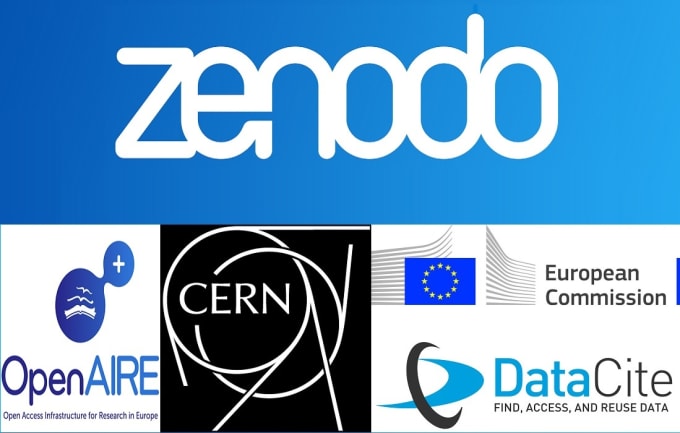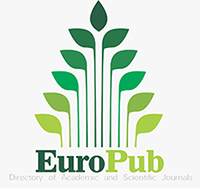Unilateral Internal Carotid Artery Hypoplasia Incidentally Found in Di George Syndrome diagnosed in Adolescence.
DOI:
https://doi.org/10.5281/zenodo.5725521Keywords:
Di George Syndrome, internal carotid artery hypoplasia, adolescentAbstract
A 15-year-old child with mild dysmorphic features presented to the emergency department with a sudden onset loss of consciousness. Chovostek’s and Trousseau’s sign were positive. Laboratory investigations showed hypocalcemia (7,6 mg/dl normal range 8,4–10,2 mg/dl ) and hyperphosphatemia (4,9 mg/dl normal range 2,3–4,7 mg/dl ). He was confirmed to have primary hypoparathyroidism with a parathyroid hormone (PTH) level of 18,3 pg/ml (normal range 12–88 pg/ml). According to routine blood investigations he was confirmed to have primary hypoparathyroidism. In the view of his dysmorphic facial features, mental retardation and hypoparathyroidism,the 22q11.2 deletion syndrome was suspected. Genetic study showed heterozygous deletion of 22q11.2 region. Hypophysis and cranial magnetic resonance imaging (MRI) was performed because of growth retardation and seizure history. Unilateral Internal Carotid Artery Hypoplasia were seen incidentally
Downloads
Downloads
Published
How to Cite
Issue
Section
License
Copyright (c) 2021 Chronicles of Precision Medical Researchers

This work is licensed under a Creative Commons Attribution-NonCommercial-ShareAlike 4.0 International License.






